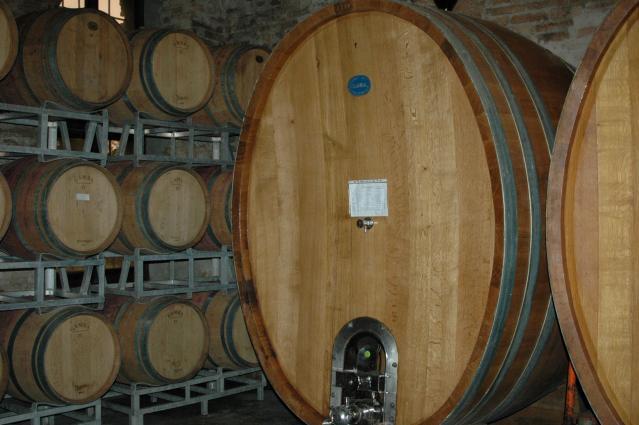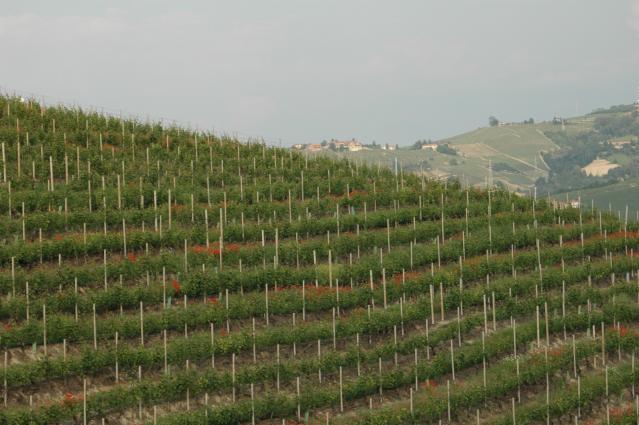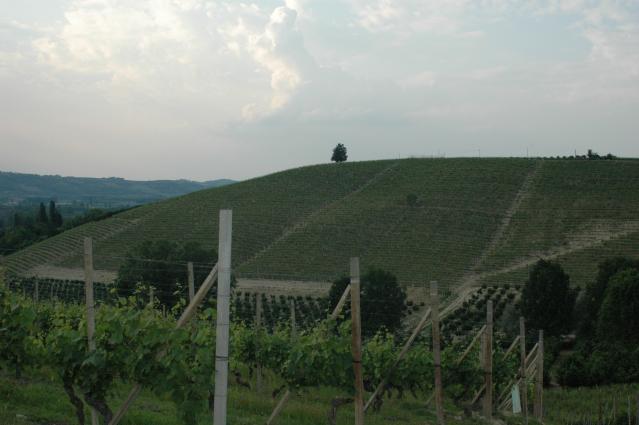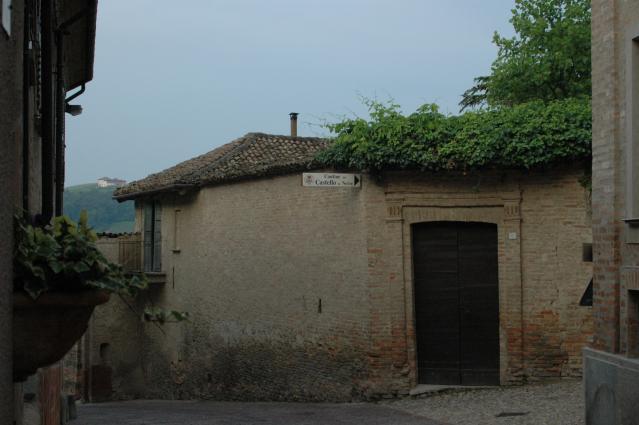Castello di Neive
Barbera d'Alba "Santo Stefano"
Castello di Neive
Barbera d'Alba "Santo Stefano"
The Barbera grapes for this wine come from the famed Santo Stefano vineyard which initially surprised critics, as this vineyard is typically reserved for the hallowed Nebbiolo. This 100% Barbera proved them wrong as it expresses the depth for which Santo Stefano is known while still retaining Barbera's signature fruit.
Wine Production
The grapes for this wine are pressed and then allowed to mature for 9 months in large wooden vats to allow the wines to mellow and develop their complexity.
Tasting Notes
Dark ruby red in color with hints of crushed raspberries and violets, undertones of herbs, woodland berries and cacao. On the palate, velvety tannins and a medium body make for an elegant, yet structured wine.
Food Pairing
Pairs well with medium-aged cheeses, ragu pasta sauces, truffle-infused Piemontese omelets, and roasted lamb shank.
The Barbera grapes for this wine come from the famed Santo Stefano vineyard which initially surprised critics, as this vineyard is typically reserved for the hallowed Nebbiolo. This 100% Barbera proved them wrong as it expresses the depth for which Santo Stefano is known while still retaining Barbera's signature fruit.
Wine Production
The grapes for this wine are pressed and then allowed to mature for 9 months in large wooden vats to allow the wines to mellow and develop their complexity.
Tasting Notes
Dark ruby red in color with hints of crushed raspberries and violets, undertones of herbs, woodland berries and cacao. On the palate, velvety tannins and a medium body make for an elegant, yet structured wine.
Food Pairing
Pairs well with medium-aged cheeses, ragu pasta sauces, truffle-infused Piemontese omelets, and roasted lamb shank.
Brand Materials
Vineyard & Production Info
Winemaking & Aging
Analytical Data
About the Vineyard
Santo Stefano is one of the best vineyards in the Langhe, particularly in the Barbaresco area. It is located in Neive, in the subzone called Albesani, occupying the areas closest to the Tanaro River. Unique for its exposure and inclination, age of the vines and size.







